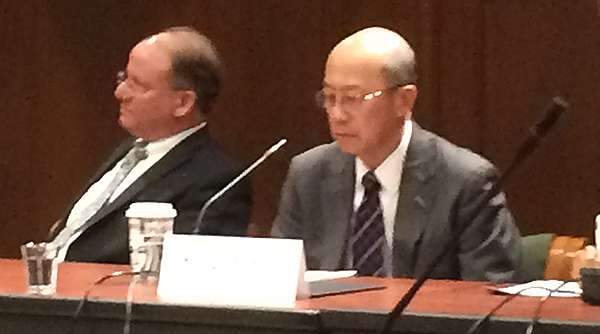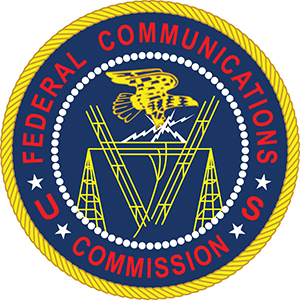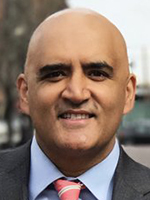Senior Reporter
FCC Approves Proposal to Proceed With 5.9 GHz Changes

[Stay on top of transportation news: Get TTNews in your inbox.]
WASHINGTON — Despite opposition from leading transportation groups, the Federal Communications Commission on Dec. 12 unanimously moved to proceed with a proposal that would devote a significant aspect of auto safety airwaves to broadband uses, with a remainder for a new cellular connected-vehicle technology.
In a 5-0 vote, the agency adopted a notice of proposed rulemaking with the objective of assessing the 5.9 GHz band rules. Essentially, it would designate the lower 45 MHz of the band for unlicensed uses, such as Wi-Fi, and dedicate the remaining 30 MHz for use by transportation and vehicle safety-related communication services. A timeframe for commenting on the proposal will be detailed in the Federal Register.
The proposal’s aim is to ensure the spectrum is optimized, proponents argue. The commission explained revisiting the 5.9 GHz band came about after evaluating the deployment of the Dedicated Short Range Communications service, coupled with an escalating demand for unlicensed operations such as Wi-Fi. Support was cited from several groups, including Americans for Tax Reform, and companies such as Microsoft and Comcast.

FCC Chairman Ajit Pai explained the proposal “maximizes the band’s value for the American people, and it would do far more for automotive safety.” He has emphasized allocating an aspect of the band for a new automotive communications technology, cellular-vehicle-to-everything, or C-V2X.
For the past two decades, the 5.9 GHz band has been reserved for use by DSRC. That service is designed for transportation and vehicle safety-related communications.
The agency’s proposal has been met by staunch opposition from myriad stakeholders. Intelligent Transportation Society of America president and CEO Shailen Bhatt called the vote “shameful.”

Bhatt
“The FCC has made a reckless decision that will put drivers, pedestrians and cyclists at risk — and it has done so without any data or analysis,” Bhatt stated after the vote. “The commission must preserve the entire safety spectrum for today’s and tomorrow’s life-saving transportation technologies. Nothing is more important than saving tens of thousands of lives every year.”
The U.S. Department of Transportation also has raised concerns about the FCC’s proposal. And, groups representing state-level transportation agencies and the trucking industry voiced their concerns at a forum hosted just days before the FCC vote.
“We must preserve the safety spectrum for interference-free safety and mobility operations,” said King Gee, director of safety and mobility at the American Association of State Highway and Transportation Officials, at an event hosted by the Transportation Research Board. “When the [FCC] is looking at encroaching on that band, it’s just a bad idea.”
In a letter to the FCC this summer, AASHTO’s members called on the agency to preserve the 5.9 GHz spectrum.
Like AASHTO, American Trucking Associations remains critical of the FCC’s proposal.
“The oddly constructed argument supposedly goes like this: since automakers have yet to fully deploy [vehicle-to-vehicle, vehicle-to-infrastructure and vehicle-to-everything], then the safety spectrum should be taken away. But the fact is deployment of connected vehicle technology is well underway, with projects already occurring in more than half the states,” ATA stated in a recent blog post.
Key transportation policymakers, such as Rep. Peter DeFazio (D-Ore.), chairman of the House Transportation and Infrastructure Committee, have raised concerns about the FCC’s directive.
“Spectrum reallocations must not risk the lives of traveling Americans and decades of investment in aviation equipment and vehicle safety technology,” DeFazio wrote to Pai on Nov. 22. “Automakers and state and city departments of Transportation need certainty to invest in connected vehicle infrastructure, and that begins with the assurance that the federal government will provide the necessary spectrum to safely connect vehicles.”
Want more news? Listen to today's daily briefing:


